Causal relationship between serum metabolites and Crohns disease: A bidirectional two-sample Mendelian randomization study
DOI: 10.23977/medsc.2025.060110 | Downloads: 14 | Views: 631
Author(s)
Shuanghu Zhang 1, Shengli Huang 1, Liu Ye 2, Guanghua Yang 1, Changyou Wang 1
Affiliation(s)
1 Department of Gastrointestinal Oncology, Affiliated Hospital of North China University of Science and Technology, Tangshan, Hebei, 063000, China
2 Breast Disease Treatment Center, Affiliated Hospital of North China University of Science and Technology, Tangshan, Hebei, 063000, China
Corresponding Author
Changyou WangABSTRACT
A two-way two-sample Mendelian randomization (MR) approach was used to explore the causal relationship between serum metabolites and Crohn's disease. The summary data from Genome-Wide Association Studies (GWAS) were analyzed using single nucleotide polymorphisms (SNPs) loci closely related to Crohns disease as instrumental variables (IVs). The causal relationship between serum metabolites and Crohns disease was comprehensively evaluated using methods such as Inverse-Variance Weighted (IVW), MR-Egger regression, Weighted Median Estimation (WME), Simple Mode (SM), and Weighted Mode (WM). The evaluation primarily focused on the P-value of IVW, odds ratio (OR), and 95% confidence intervals (CI). Respectively, the Cochran Q test for heterogeneity was performed using the IVW and MR-Egger methods, the pleiotropy test was conducted using the MR-Egger intercept method, and the MR-Pleiotropy RESidual Sum and Outlier (MR-PRESSO) method was used to identify outliers. Leave-one-out sensitivity analysis was conducted. Additionally, the reverse causality between Crohns disease and serum metabolites was analyzed using these five methods. The IVW results show that four known metabolites and one unknown metabolite are closely related to Crohns disease. Among them, homocitrulline { OR (95% CI): 0. 845 (0. 761 to 0. 939), P = 0. 002}, X-17325 { OR (95% CI): 0. 825 (0. 733 to 0. 928), P = 0. 001}, 1-palmitoyl-2-arachidonoyl-gpc { OR (95% CI): 0. 842 (0. 783 to 0. 906), P < 0. 001} were protective factors for Crohns disease; plasma lactate { OR (95% CI): 1. 308 (1. 112 to 1. 537),P = 0. 001}, the ratio of Oleoyl-linoleoyl-glycerol /linoleoyl-arachidonoyl-glycerol { OR (95% CI): 1. 206 (1. 115 to 1. 304), P < 0. 001} were risk factors for Crohns disease. The results of the reverse MR analysis showed that there is no reverse causal relationship between Crohns disease and homocitrulline, X-17325, 1-palmitoyl-2-arachidonoyl-gpc, plasma lactate, and the ratio of Oleoyl-linoleoyl-glycerol/linoleoyl-arachidonoyl-glycerol(P > 0. 05). Five serum metabolites have been identified to have a causal association with the risk of Crohns disease, providing new theoretical basis and practical guidance for the design of treatment regimens for Crohns diseas.
KEYWORDS
Serum metabolites; Crohns disease; Mendelian randomization; Causal inferenceCITE THIS PAPER
Shuanghu Zhang, Shengli Huang, Liu Ye, Guanghua Yang, Changyou Wang. Causal relationship between serum metabolites and Crohns disease: A bidirectional two-sample Mendelian randomization study. MEDS Clinical Medicine (2025) Vol. 6: 64-73. DOI: http://dx.doi.org/10.23977/medsc.2025.060110.
REFERENCES
[1] Torres J, Mehandru S, Colombel J F, et al. Crohns disease[J]. Lancet (London, England), 2017, 389(10080):1741-1755.
[2] Gajendran M, Loganathan P, Catinella A P, et al. A comprehensive review and update on Crohns disease[J]. Disease-a-month: DM, 2018, 64(2):20-57.
[3] De Souza H S P, Fiocchi C, Iliopoulos D. The IBD interactome: an integrated view of aetiology, pathogenesis and therapy [J]. Nature reviews. Gastroenterology & hepatology, 2017, 14(12):739-749.
[4] Ooi C J, Hilmi I, Banerjee R, et al. Best practices on immunomodulators and biologic agents for ulcerative colitis and Crohns disease in Asia[J]. Journal of gastroenterology and hepatology, 2019, 34(8):1296-1315.
[5] Dulai P S, Peyrin-Biroulet L, Demuth D, et al. Early Intervention With Vedolizumab on Longer Term Surgery Rates in Crohns Disease: Post Hoc Analysis of the GEMINI Phase 3 and Long-term Safety Programs[J]. Journal of Crohns & colitis, 2020, 15(2):195-202.
[6] Chen Y, Lu T, Pettersson-Kymmer U, et al. Genomic atlas of the plasma metabolome prioritizes metabolites implicated in human diseases[J]. Nature genetics, 2023, 55(1):44-53.
[7] Diederen K, Li J V, Donachie G E, et al. Exclusive enteral nutrition mediates gut microbial and metabolic changes that are associated with remission in children with Crohns disease[J]. Scientific reports, 2020, 10(1):18879.
[8] Wang Y, Gao X, Zhang X, et al. Microbial and metabolic features associated with outcome of infliximab therapy in pediatric Crohns disease[J]. Gut microbes, 2021, 13(1):1-18.
[9] Imhann F, Vich Vila A, Bonder M J, et al. Interplay of host genetics and gut microbiota underlying the onset and clinical presentation of inflammatory bowel disease[J]. Gut, 2018, 67(1):108-119.
[10] Emdin C A, Khera A V, Kathiresan S. Mendelian Randomization[J]. Jama, 2017, 318(19):1925-1926.
[11] Davey Smith G, Hemani G. Mendelian randomization: genetic anchors for causal inference in epidemiological studies [J]. Human molecular genetics, 2014, 23(R1):R89-98.
[12] Liu J Z, van Sommeren S, Huang H, et al. Association analyses identify 38 susceptibility loci for inflammatory bowel disease and highlight shared genetic risk across populations[J]. Nature genetics, 2015, 47(9):979-986.
[13] Burgess S, Butterworth A, Thompson S G. Mendelian randomization analysis with multiple genetic variants using summarized data[J]. Genetic epidemiology, 2013, 37(7):658-665.
[14] Zhang L L, Zi L L, Kuang T R, et al. Investigating causal associations among gut microbiota, metabolites, and liver diseases: a Mendelian randomization study[J]. Front Endocrinol, 2023, 14:1159148.
[15] Hemani G, Zheng J, Elsworth B, et al. The MR-Base platform supports systematic causal inference across the human phenome [J]. eLife, 2018, 7.
[16] Zeneng W, J S N, Rene E R, et al. Protein carbamylation links inflammation, smoking, uremia and atherogenesis. [J]. Nature medicine, 2007, 13(10):1176-1184.
[17] Chen J, Liu J, Wang Z, et al. High expression level of homocitrulline is correlated with seborrheic keratosis and skin aging [J]. Anais brasileiros de dermatologia, 2023, 98(3):324-330.
[18] Lac P, Saunders S, Tutunea-Fatan E, et al. Immune responses to peptides containing homocitrulline or citrulline in the DR4-transgenic mouse model of rheumatoid arthritis[J]. Journal of autoimmunity, 2018, 89:75-81.
[19] Awwad A, Rhee E P, Grams M, et al. Comparative CKD risk prediction using homocitrulline and carbamylated albumin: two circulating markers of protein carbamylation[J]. BMC nephrology, 2024, 25(1):185.
[20] Yang Y, Huang Z, Yang Z, et al. Serum metabolomic profiling reveals an increase in homocitrulline in Chinese patients with nonalcoholic fatty liver disease: a retrospective study[J]. PeerJ, 2021, 9:e11346.
[21] Kuosmanen S M, Kansanen E, Kaikkonen M U, et al. NRF2 regulates endothelial glycolysis and proliferation with miR-93 and mediates the effects of oxidized phospholipids on endothelial activation[J]. Nucleic acids research, 2018, 46(3):1124-1138.
[22] DiNarzo A F, Houten S M, Kosoy R, et al. Integrative Analysis of the Inflammatory Bowel Disease Serum Metabolome Improves Our Understanding of Genetic Etiology and Points to Novel Putative Therapeutic Targets[J]. Gastroenterology, 2022, 162(3):828-843.e11.
[23] Draben L. Hyperlactatemia and Patient Outcomes After Pediatric Cardiac Surgery[J]. Critical care nurse, 2018, 38(5):e1-e6.
[24] Ibrahim-Hashim A, Estrella V. Acidosis and cancer: from mechanism to neutralization[J]. Cancer metastasis reviews, 2019, 38(1-2):149-155.
[25] Zhang D, Tang Z, Huang H, et al. Metabolic regulation of gene expression by histone lactylation[J]. Nature, 2019, 574(7779):575-580.
[26] Cui H, Xie N, Banerjee S, et al. Lung Myofibroblasts Promote Macrophage Profibrotic ctivity through Lactate-induced Histone Lactylation[J]. American journal of respiratory cell and molecular biology, 2021, 64(1):115-125.
[27] Sun S, Xu X, Liang L, et al. Lactic Acid-Producing Probiotic Saccharomyces cerevisiae Attenuates Ulcerative Colitis via Suppressing Macrophage Pyroptosis and Modulating Gut Microbiota[J]. Frontiers in immunology, 2021, 12:777665.
[28] Rosenberg R D, Guo C C, Chatterjee S, et al. The prognostic value of initial serum lactate for survival in postcardiac arrest patients undergoing cardiac catheterization[J]. Catheterization and cardiovascular interventions : official journal of the Society for Cardiac Angiography & Interventions, 2021, 97(2):228-234.
[29] Metz L ,Sirvent P, Py G, et al. Relationship between blood lactate concentration and substrate utilization during exercise in type 2 diabetic postmenopausal women[J].Metabolism,2005,54(8):1102-1107.
[30] Fernandes Silva L, Vangipurapu J, Kuulasmaa T, et al. An intronic variant in the GCKR gene is associated with multiple lipids [J]. Scientific reports, 2019, 9(1):10240.
[31] Zhu J, Li W. Role of metabolites in mediating the effect of triacylglycerol on aplastic anemia[J]. Hematology (Amsterdam, Netherlands), 2024, 29(1):2379178.
[32] Lawrence W R, Lim J E, Huang J, et al. Metabolomic analysis of serum alpha-tocopherol among men in the Alpha-Tocopherol, Beta-Carotene Cancer Prevention (ATBC) Study[J]. European journal of clinical nutrition, 2022, 76(9):1254-1265.
[33] Chevli P A, Freedman B I, Hsu F C, et al. Plasma metabolomic profiling in subclinical atherosclerosis: the Diabetes Heart Study[J]. Cardiovascular diabetology, 2021, 20(1):231.
| Downloads: | 10098 |
|---|---|
| Visits: | 693163 |
Sponsors, Associates, and Links
-
Journal of Neurobiology and Genetics
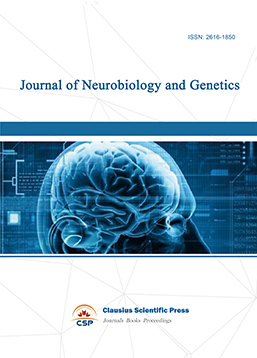
-
Medical Imaging and Nuclear Medicine
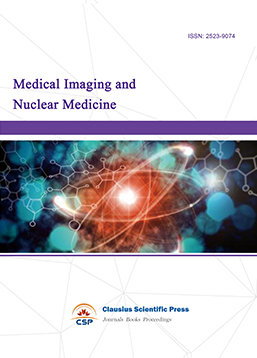
-
Bacterial Genetics and Ecology
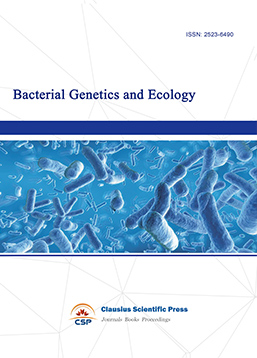
-
Transactions on Cancer
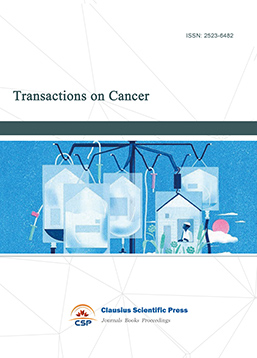
-
Journal of Biophysics and Ecology
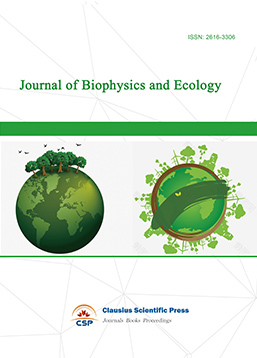
-
Journal of Animal Science and Veterinary
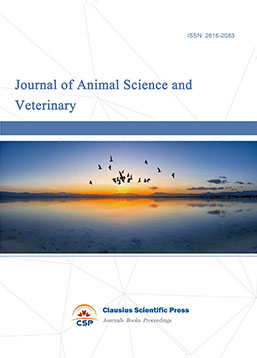
-
Academic Journal of Biochemistry and Molecular Biology
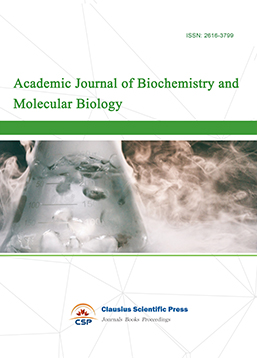
-
Transactions on Cell and Developmental Biology
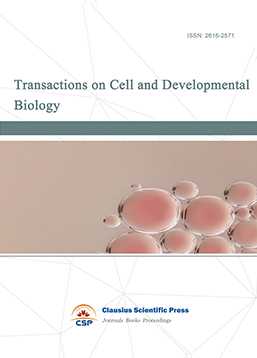
-
Rehabilitation Engineering & Assistive Technology
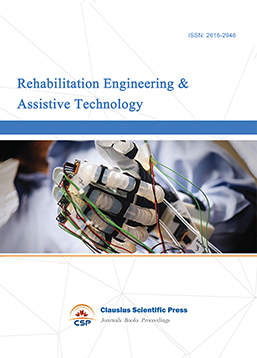
-
Orthopaedics and Sports Medicine
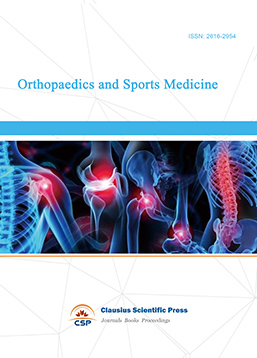
-
Hematology and Stem Cell
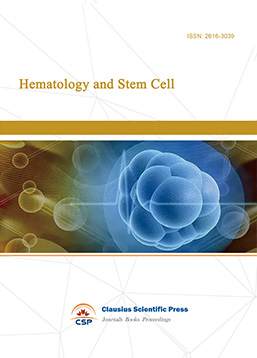
-
Journal of Intelligent Informatics and Biomedical Engineering
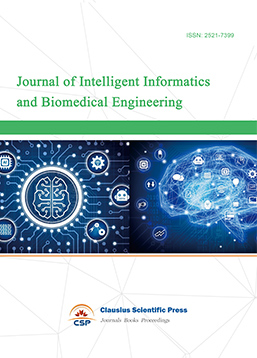
-
MEDS Basic Medicine
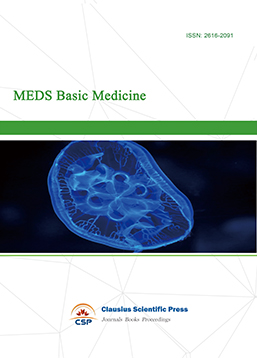
-
MEDS Stomatology
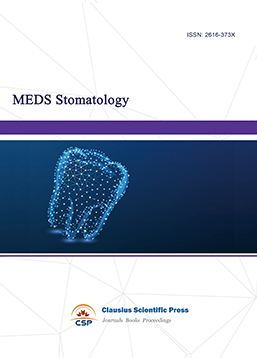
-
MEDS Public Health and Preventive Medicine
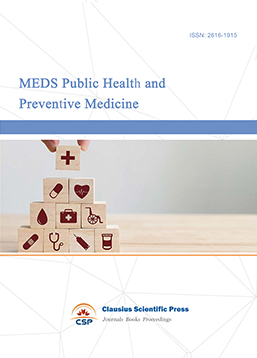
-
MEDS Chinese Medicine
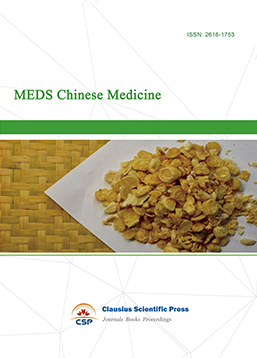
-
Journal of Enzyme Engineering
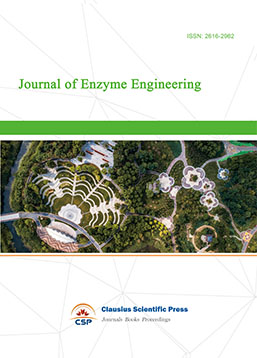
-
Advances in Industrial Pharmacy and Pharmaceutical Sciences
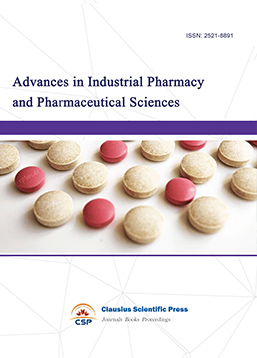
-
Bacteriology and Microbiology
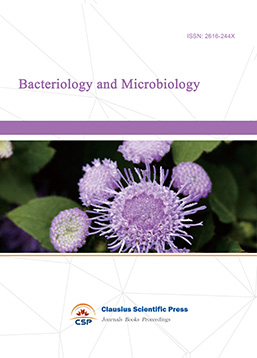
-
Advances in Physiology and Pathophysiology
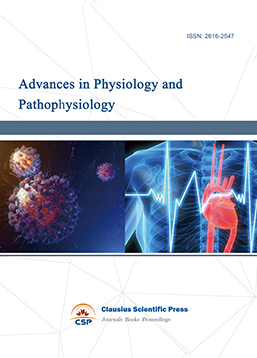
-
Journal of Vision and Ophthalmology
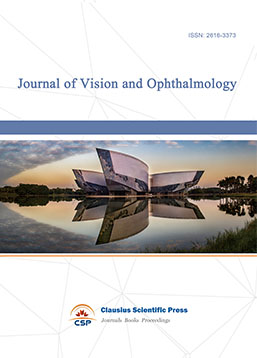
-
Frontiers of Obstetrics and Gynecology
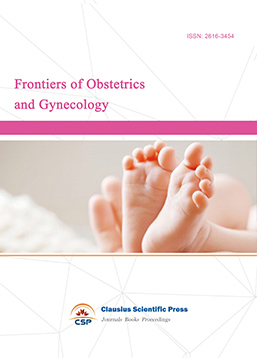
-
Digestive Disease and Diabetes
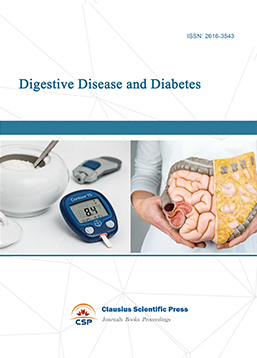
-
Advances in Immunology and Vaccines

-
Nanomedicine and Drug Delivery
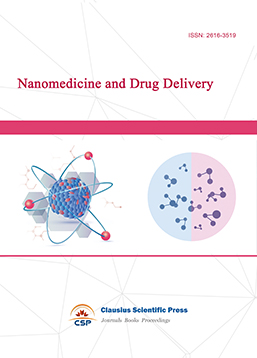
-
Cardiology and Vascular System
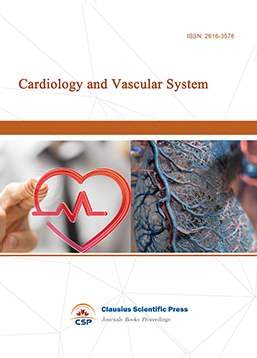
-
Pediatrics and Child Health
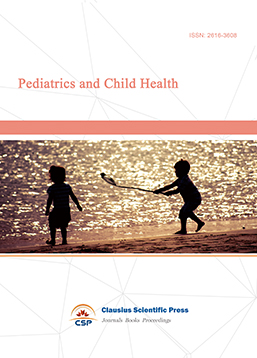
-
Journal of Reproductive Medicine and Contraception
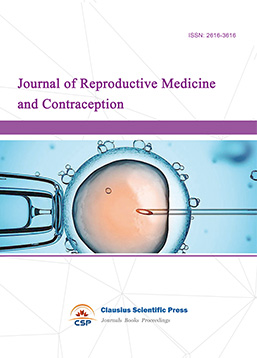
-
Journal of Respiratory and Lung Disease
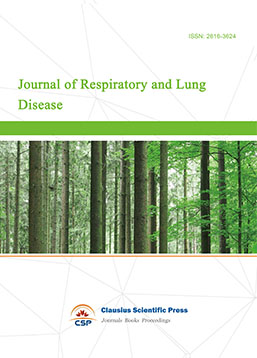
-
Journal of Bioinformatics and Biomedicine
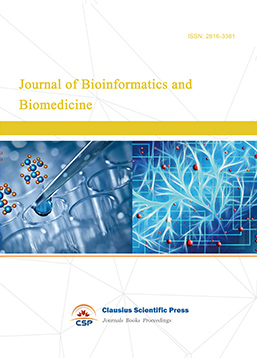

 Download as PDF
Download as PDF